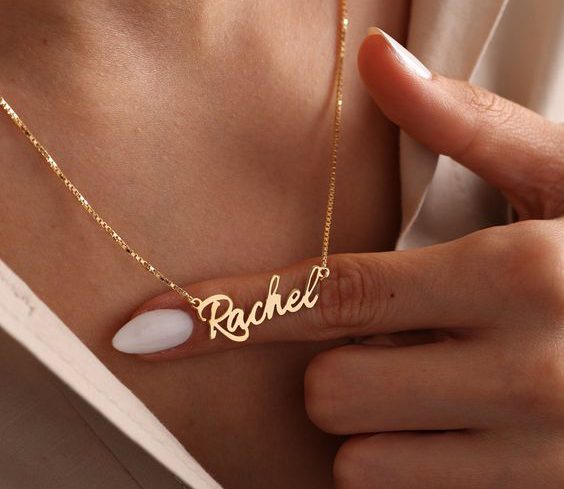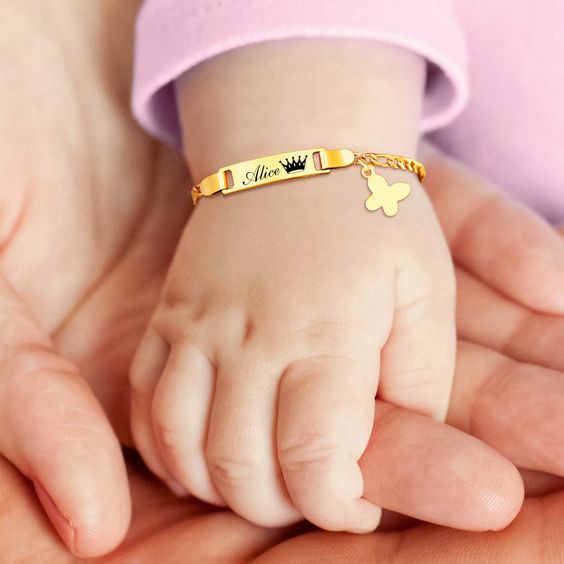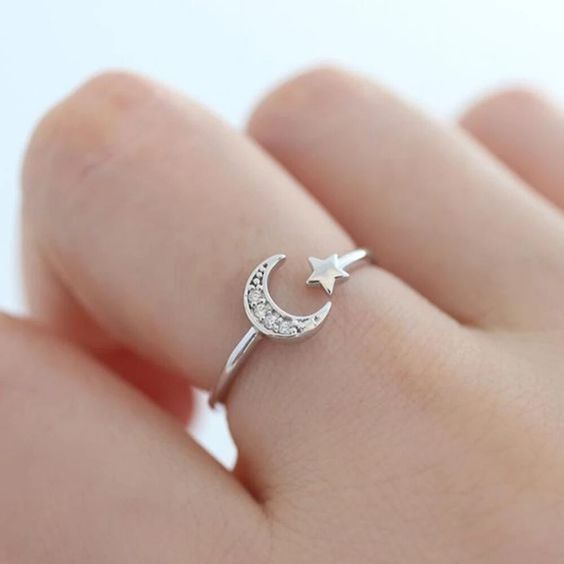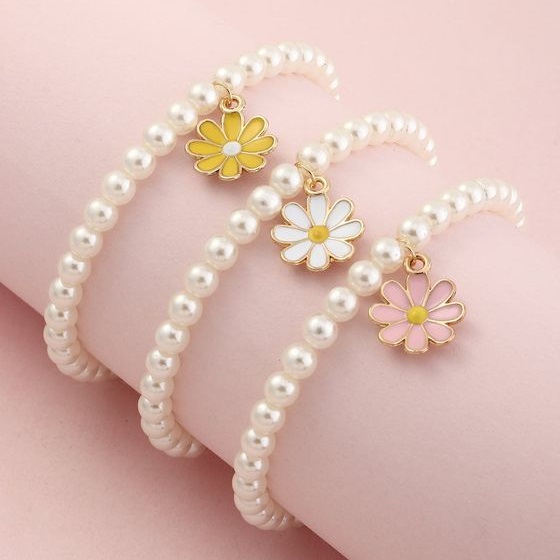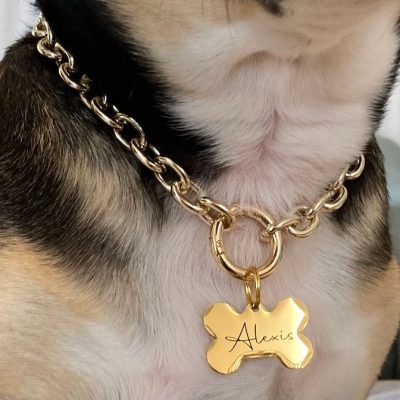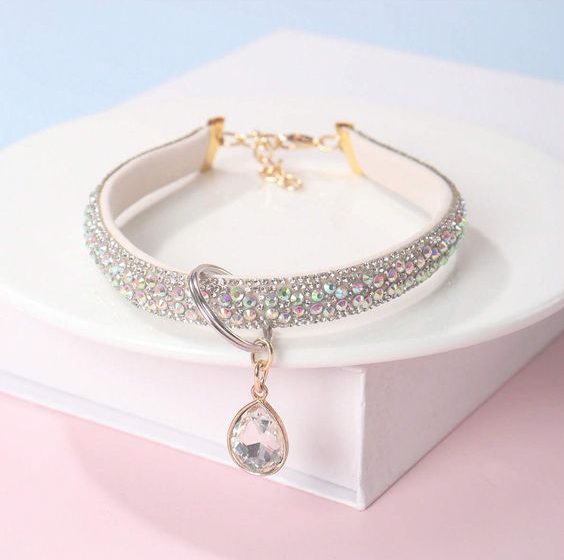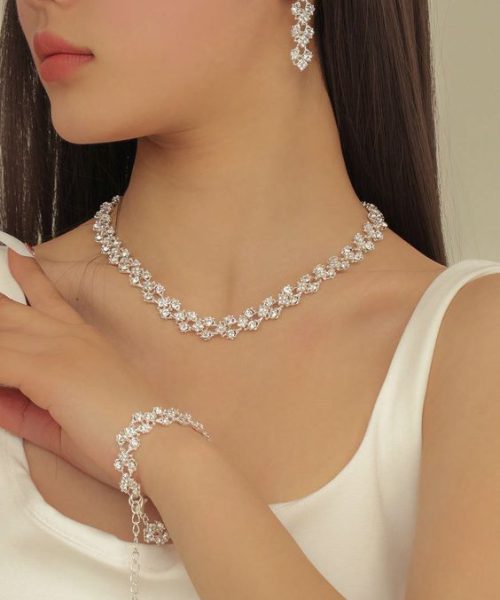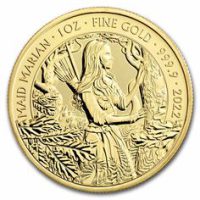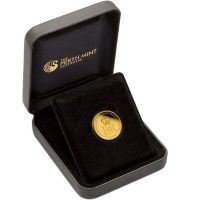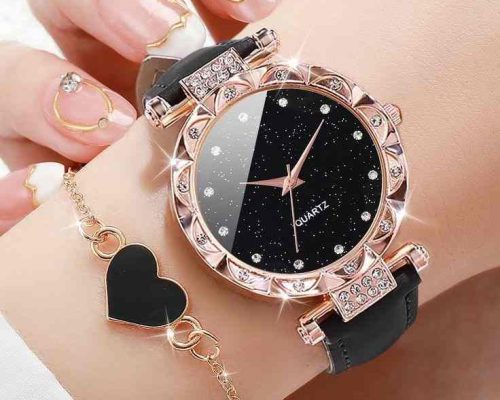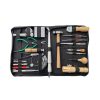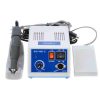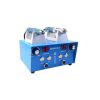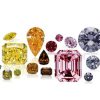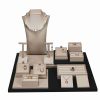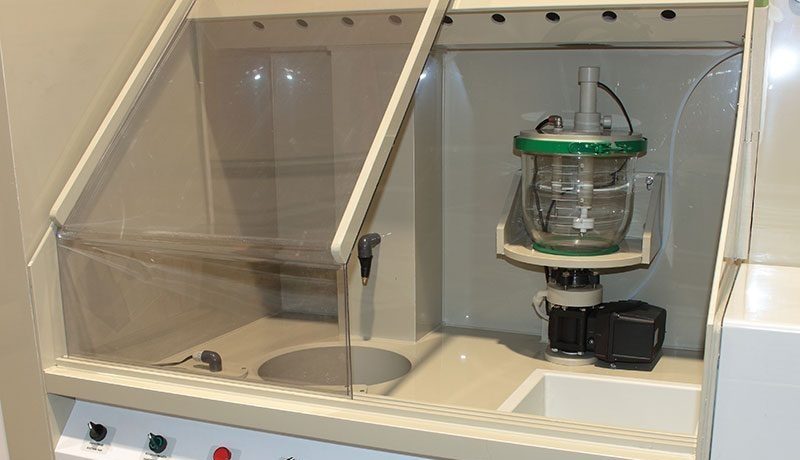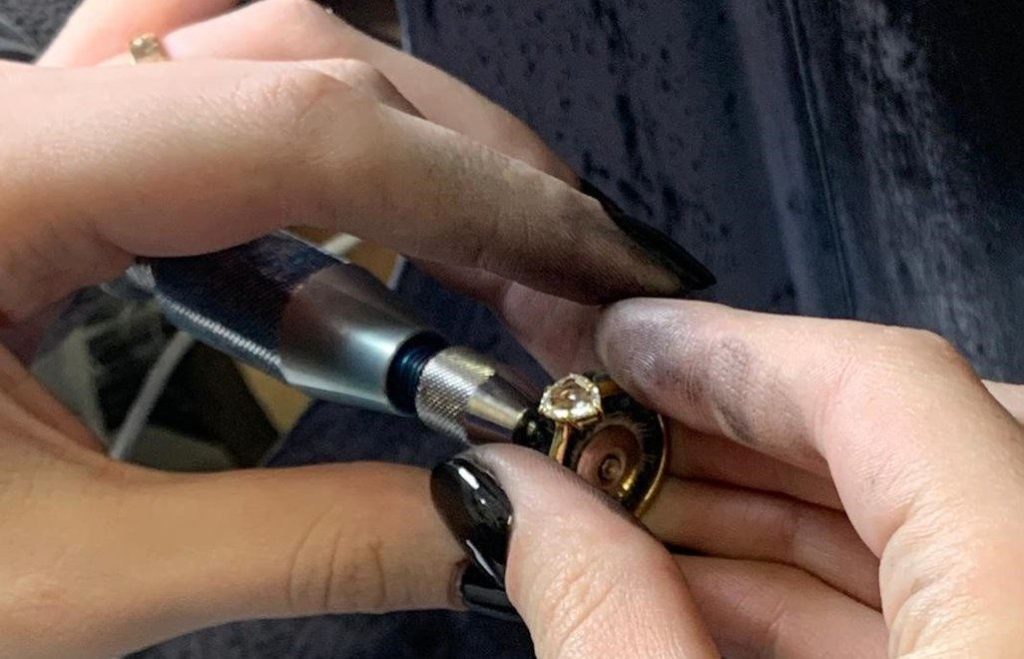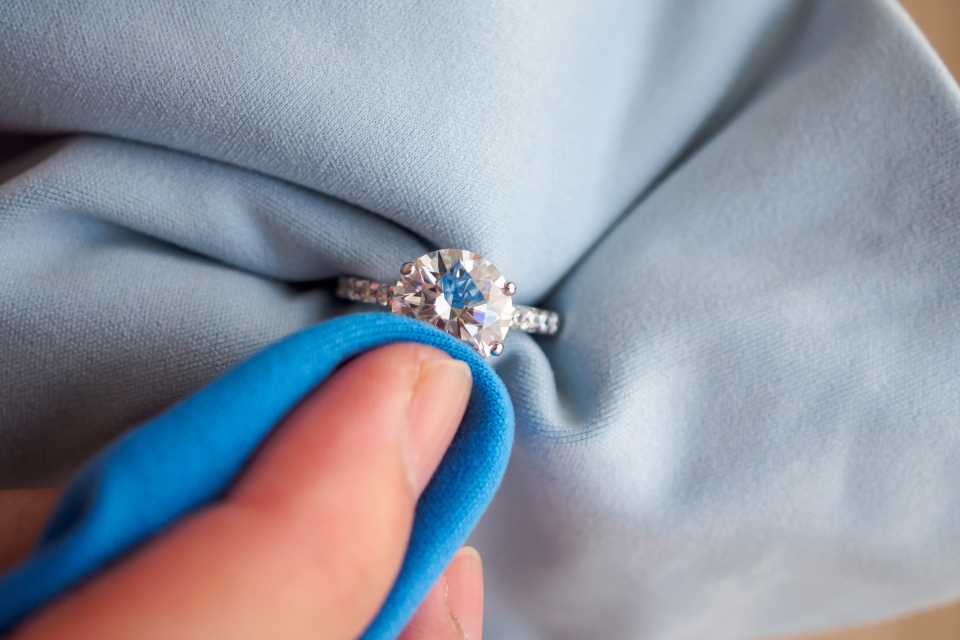Polishing jewelry is an important part of jewelry making, and achieving an ideal surface based on the initial design is the ultimate goal of this process. According to the initial design, the surface may be matte, glossy, etc. The skill of the jeweler and the quality of the materials, tools and machines used will improve the quality of your work and you will produce a beautiful and impressive piece of jewelry. The art of polishing requires a special technique and expertise, because if you don’t have enough skills, it will damage the jewelry. Traditionally, a polishing apprenticeship can take three to five years. Although excellent results can be achieved with machine polishing, with a little patience and the right tools, hand polishing can also provide an excellent finish. It can be said that jewelry polishing is a professional experience and it is a skill that requires training and expertise. The gold and jewelry polishing article will help you to learn more about the polishing and jewelry polishing steps.
Page table of contents
Steps of polishing gold and jewelry
In the gold industry, two traditional methods are used, manual and industrial, which includes gold casting. For example, to produce a gold ring or a gold wedding ring, in the traditional method, you give a piece of gold an initial shape by melting gold, rolling, hammering, welding, and filing. becomes gold
In the casting method, the surface of the gold ring or gold wedding ring or gold pendant is porous, and the reason is the casting plaster grains. After performing the process of casting gold or making gold using traditional methods and handicrafts, you must perform the steps of polishing and polishing the surface of the gold ring or gold wedding ring or gold pendant. Polishing steps in the gold industry are called skinning and polishing.
Finishing is the process of creating a smooth and shiny surface by rubbing it or by applying a chemical treatment that leaves a clean surface with a significant optical reflection. And it causes scratches or scratches on gold and jewelry to disappear. Below are the steps of this process.
Acid washing, magnet polishing, bombarding, filing, peeling, finishing work, electroplating, enameling, laser engraving are the steps that will lead you to an eye-catching and beautiful piece of jewelry ready to be presented in the jewelry market.
In the continuation of this article, Leopard goldsmithing and repair workshop (Zarin Takht) will introduce you to each and every stage of polishing gold and jewelry.
Step 1: Acid washing
If you have produced gold in the traditional way, through gold melting and rolling, hammering and welding, or through casting, your gold surface needs to be cleaned from the oxides and impurities created. For this purpose, 10% sulfuric acid, which is known as Zoghab, is used. To prepare the solution, add 100 cc of 98% sulfuric acid to 1 liter of cold water. Be careful that sulfuric acid is highly corrosive and its combination with water is heat-generating, and you must use safety equipment such as glasses and gloves and do this process in an open environment.
Note: You should add the acid slowly to the cold water, if you do the opposite and add water to the acid, it will splash around.
Now pour 10% sulfuric acid solution (Zhoghab) into a copper or stainless steel bowl and put the gold pieces in it and boil it on the flame. After a short period of time, you will see that the impurities and oxides on the surface of the gold are completely removed and your gold piece is ready for the next steps.
Note: Citric acid is a better alternative to zohab, which is odorless and non-toxic, and has high deoxidation power, but its price is higher than sulfuric acid. Phosphoric acid and hydrofluoric acid are also very effective for removing cast plaster.
Step 2: Magnet polishing
The magnet polishing machine has two parts, a container that contains water and special detergents, metal balls and needles, and a dynamo on which a magnet is installed. Through the rotation of the magnets by the dynamo motor, the metal needles and balls inside the container rotate at high speed, and the porous and matte surface of the gold after casting shines and removes the possible remaining impurities and plaster. Takes . This process takes about 45 minutes in 5-minute intervals in clockwise and counterclockwise rotation.
Step 3: Bombing
Bombing is used to exfoliate and polish parts of gold jewelry that cannot be accessed by tools. For example, when the gold ring stone is mounted on wax and cast with stone, it is not possible to access the points under the stone and inside the arm of the ring, and for this purpose, as well as to facilitate the process of skinning and polishing, and deducting less gold in the stages of skinning and polishing. They use the bombing method, which uses two substances: sodium cyanide and hydrogen peroxide.
For complete information, please refer to the bombing article.
Step 4: Filing
An important part of polishing gold and jewelry is the use of an important and widely used tool, file. Files are available in different shapes, including flat and semi-round shapes, and are made of metal with an abrasive surface. The file is used to smooth the remaining part of the joint of the casting head or to shape the surface of the gold in the required parts. The file, the file and the needle file have different sizes and shapes, and the cross-sectional area and roughness.
A flat file is used to smooth larger areas or wire ends to remove small amounts of excess material on the metal. The shape of the semi-round file consists of a flat side and a round side. The rounded side is very effective at filing inside a loop or a curved shape, depending on the angle you hold it at. Needle files are also much smaller, allowing you to do more precise filing on your workpiece.
Step 5: Sanding or peeling
One of the tools used in polishing gold and jewelry is sandpaper. Sandpaper allows you to create a shiny surface on the surface of the workpiece. They are also very effective in smoothing and polishing uneven surfaces after filing because their abrasive properties can remove excess material. Each sandpaper has a specific roughness. which is available from small to large sizes. Sandpapers with different roughnesses that are wrapped around a rod to be placed in the surfezer are available in the market in a ready form, or you can cut it yourself by cutting the sandpaper to the desired width. Fix it by wrapping it around the burnt drill bit and using drop glue.
One of the cutting models of sandpaper, cut in the size of embroidery coins in different roughnesses, is known as embroidering skin. In addition to sandpaper, there are different types of rubber in different shapes and roughnesses to reach different surfaces and different angles, which are used to achieve the ideal surface. It is the payment and polishing process. The more time and effort you put into this step, the better the results will be
Step 6: Polishing
In order to have a polished and smooth jewelry, this process must be done by hand or with tools and machines. The gold polishing machine is a machine that is equipped with special brushes and brushes and different types of abrasive materials and pastes. This device smoothes and polishes the gold surface. We should also mention that the gold polishing machine has a suction system to prevent the loss of dust and gold particles.
Step 7: Finishing or the final end
The final step is to use polishing materials, polishing oil, polishing paste, etc. to increase the shine of the jewelry. Felt and cotton are also used to clean the surface of the jewelry piece at the end of the work. Also, at the end, a salty steam machine and an ultrasonic device are used to wash and clean the gold surface from consumables used in polishing. Steam cleaning machine is a device that removes pollution and separates the mass of gold and jewelry. Steam cleaning of gold removes pollution and separates the mass of gold and jewelry. The gold and jewelry steam cleaner is able to clean any type of jewelry such as gold, silver, platinum, etc. without any damage. . . wash it easily without hand intervention. After completing these steps, your gold piece is ready for plating and enameling.
Various methods of polishing gold and jewelry
- Mechanical polishing
- Chemical polishing
- Electrolytic polishing
- Ultrasonic polishing
- Liquid polish
- Magnetic grinding and polishing
Leopard gold workshop (Zarin Takht) is a jewelry manufacturer in Switzerland, Canada and America. Contact our experts to order the jewelry you want for any memorable event and receive the most beautiful design and the highest quality jewelry.
Follow the most up-to-date and attractive jewelry content in Leopard Jewelry.

































